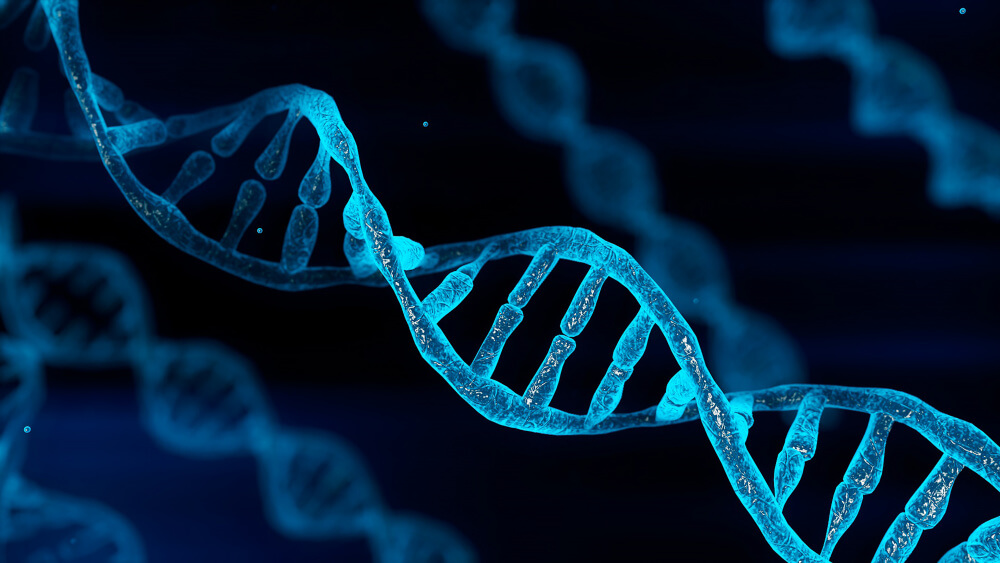A study led by Dana-Farber researchers has revealed that inherited variations in certain DNA damage repair genes may increase an individual’s susceptibility to Ewing sarcoma, an aggressive cancer that tends to strike teenagers and young adults.
Ewing sarcoma is rare, with only about one in a million cases diagnosed annually in the United States, and knowledge of germline (heritable) factors that raise the risk of the tumor is sparse, say the authors of a report in the American Journal of Human Genetics. In hopes of gaining knowledge with potential implications for genetic screening, early diagnosis, and improved treatments, the researchers undertook a comparison of germline predisposition factors in several subtypes of pediatric sarcomas and compared them with samples from Ewing sarcoma patients. They also examined a subset of samples from Ewing sarcoma patients and their parents.
Most cases of Ewing sarcoma seem to occur randomly. The underlying fault is a genetic change involving the swapping of pieces of chromosome 11 and 22, which turns on a gene that is normally silent. When this gene is activated, cells grow out of control and form tumors. But what causes the chromosomal abnormality is not known.

The investigators, led by first author Riaz Gillani, MD, and corresponding authors Saud H. AlDubayan, MD, and Eliezer Van Allen, MD, studied the results of germline genetic DNA sequencing — testing of blood or saliva to look for gene variants that might be associated with cancer risk — in 1,147 individuals with osteosarcoma, rhabdomyosarcoma, Ewing sarcoma, and other pediatric sarcoma subtypes. They focused their attention on 141 known cancer predisposition genes, to see if particular variations or mutations in any of those genes were found more often in individuals with Ewing sarcoma than the other sarcomas.
When the data were analyzed, a distinct pattern emerged. The only germline gene variants that appeared more often in Ewing sarcoma patients than in the other sarcoma types were in the gene FANCC, which stands for Fanconi anemia, complementation group C. The gene makes a protein that promotes a certain type of repair of damaged DNA, and mutations in this gene result in Fanconi anemia.
The investigators validated this finding in an independent cohort of 430 Ewing sarcoma patients — again observing an increase of FANCC gene variants. Furthermore, when they looked for germline variants in DNA damage repair genes in a cohort of Ewing sarcoma patients and their families, they found that the FANCC variants in the patients “are also present in their parents and therefore passed on through autosomal inheritance,” the authors said.
“We think the germline variants in DNA damage repair genes suggest a genetic basis for how rearrangements that drive this sarcoma occur,” says Gillani.
However, they noted that these risk variants were found at a low level and that parents whose germline cells contained the risk variants didn’t necessarily have Ewing sarcoma. This suggests, the scientists said, that the variant DNA repair genes display “moderate penetrance” — meaning that these variants “play a substantial role in increasing risk for developing Ewing sarcoma, but are most likely not sufficient to cause the disease in isolation.”
“Because of the rarity of these germline variants and the rarity of Ewing sarcoma, it would be difficult to use these by themselves to screen patients at risk,” Gillani says. “But we are thinking about them as clues for where and how to look for risk factors going forward.”
